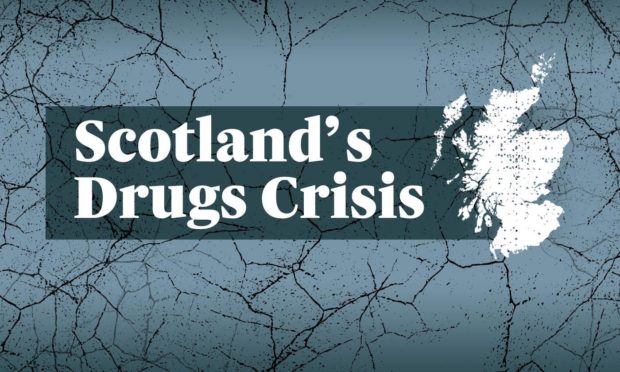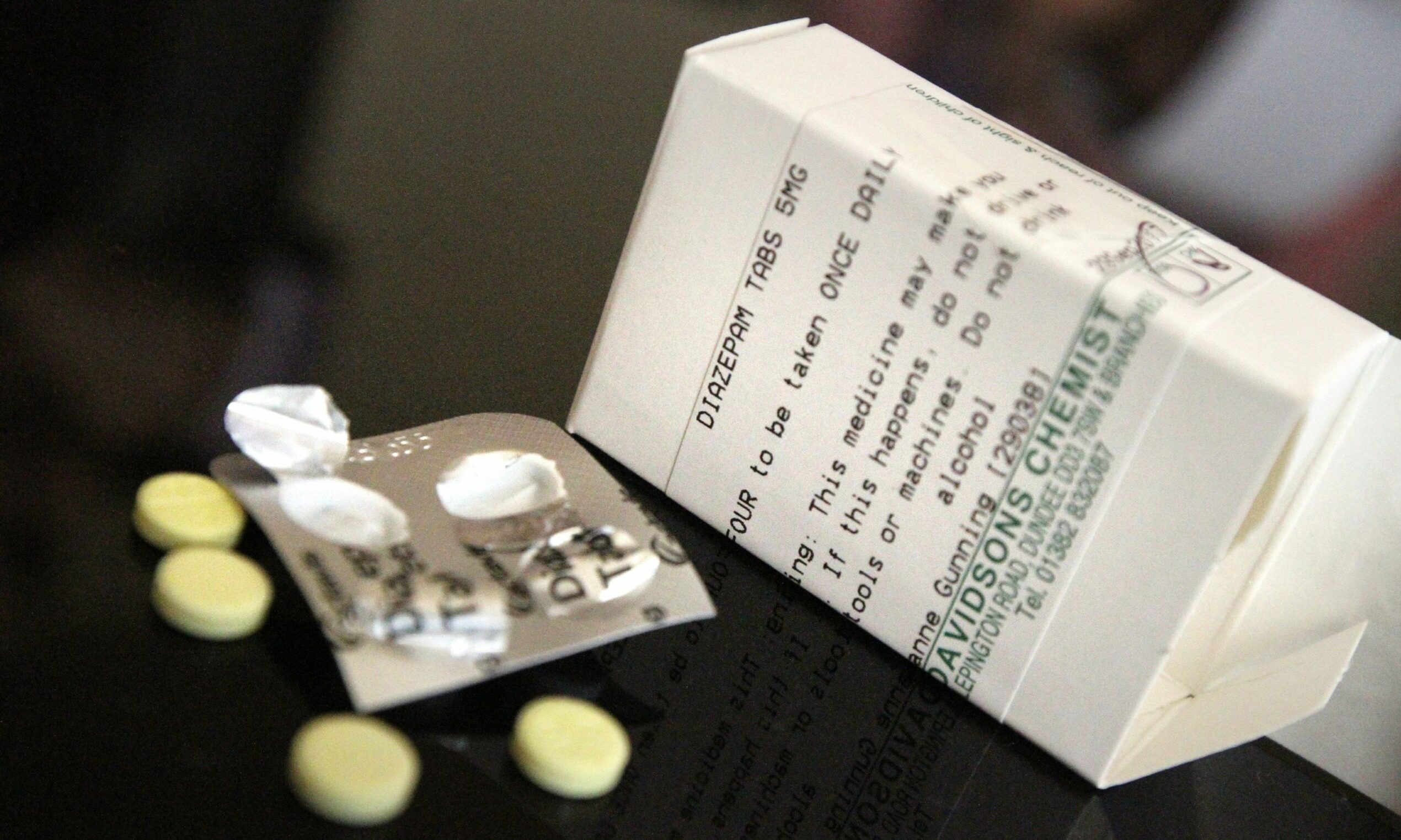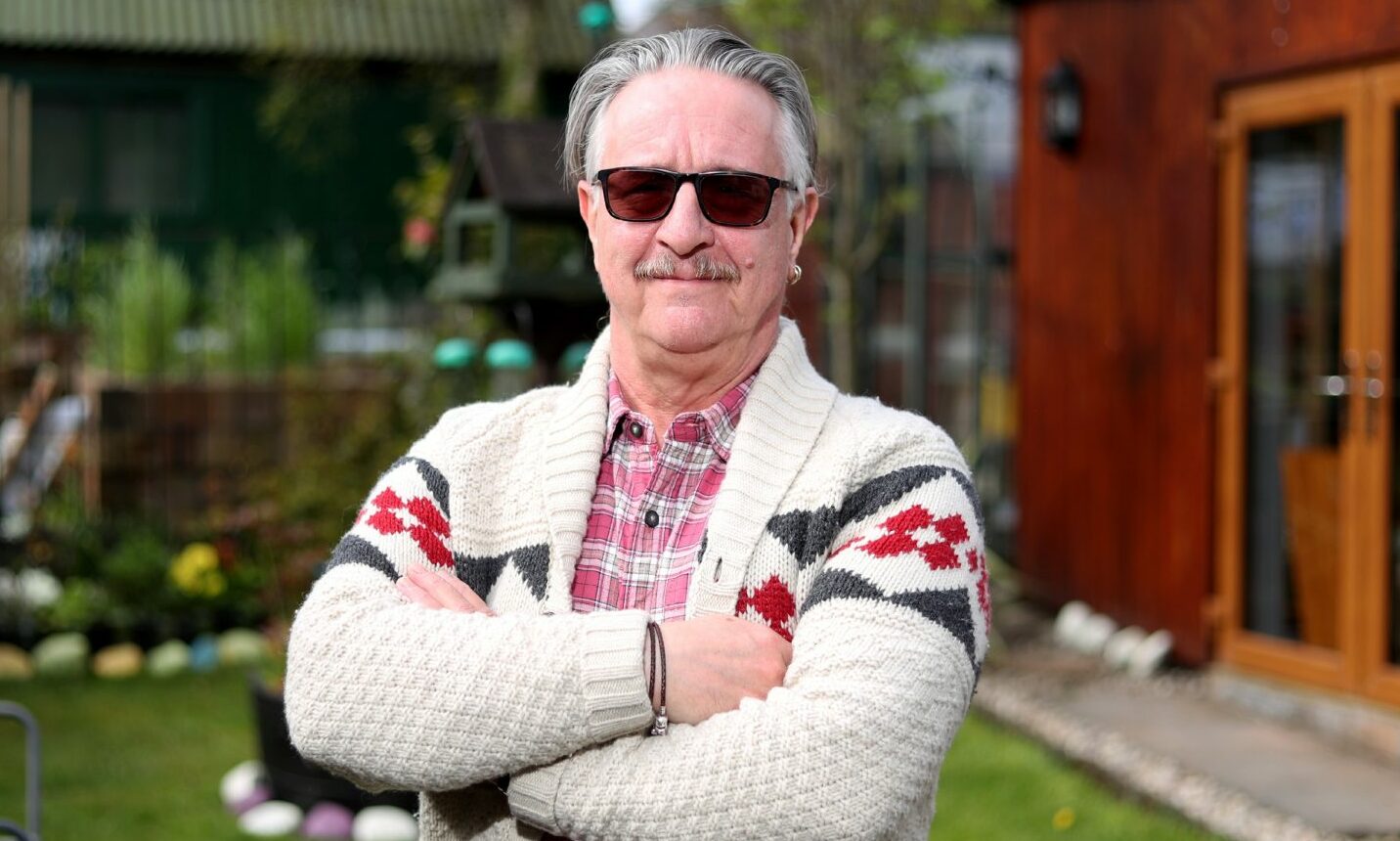Drug users mixing substances are thought to be driving an increase in deaths throughout the north-east – with the region among the worst in the country.
The overall number of drug deaths in Grampian last year was the second-lowest in Scotland, behind only the Highlands, but new figures have highlighted a growing and concerning trend.
Combined drug use in the north-east has now been described as “the norm” – rather than the “exception” it was in years gone by.
Earlier this year health bosses issued a warning about these toxic combinations proving fatal for many, urging people to get help.
Grampian ‘worst’ for certain combinations
The National Records of Scotland stats, published this morning, showed 1,339 drug-related deaths were recorded across the country in 2020.
They also identify the drugs which contributed to each death – with Grampian identified as an outlier in several cases.
Cocaine was involved in 75% of drug deaths in Aberdeen last year, for example, compared to a Scottish average of 34%.
Alcohol was a factor in 23% of Aberdeen deaths and 33% of those in Aberdeenshire, against a national average of 13%.
And the proportion of deaths involving strong painkiller dihydrocodeine was also much higher in the north and north-east.
It was implicated in just over 11% of all Scottish drug deaths last year – rising to 16% in Aberdeen, 27% in Aberdeenshire and almost 40% in the Highlands.
‘Changing dynamics’ at play
Fraser Hoggan, the chief executive of north-east charity Alcohol & Drugs Action, described the figures as “extremely saddening and very disappointing.”
“We have to remember behind these numbers there are people, and a lot of bereaved individuals left behind,” he said.
“This increase is national, and we’ve known for some time that’s been the direction of travel.
“We’ve seeing the use of benzodiazepines (tranquilisers) in almost 75% of deaths – at one point it was as low as 20%.
“There are changing dynamics, and poly-drug use is the norm and not the exception as it was 10 or 20 years ago.”
Mr Hoggan said the spread of coronavirus across the globe may also have contributed, but it is too early to make any definite conclusions.
He said: “This year is interesting as we don’t know what we’re comparing, and the whole population has been under stress.
“We know the clients we work with are often socially isolated and receive a lot of stigma.
“To move into a pandemic, it exacerbates the negative aspects of these situations for people.”
Why cocaine?
Across Grampian, 65% of the 99 drug-related deaths last year involved cocaine or crack cocaine.
When looking at the rest of Scotland’s worst-affected areas, this proportion remained between 27-39%.
Mr Hoggan said the drug has typically been more widely used in the region due to the “vagaries of the drug trade.”
“Historically, since the early 90s, there has been a stronger market in the north-east,” he explained.
“There has been a pull towards cocaine and crack cocaine, so its probably not a huge surprise for us in that way.
“Perhaps the difference between the north-east and other areas is a little surprising.”
How mixing drugs can lead to deaths
Earlier this year Dermot Craig was named the new deputy chairman of Aberdeen City Alcohol & Drugs Partnership (ADP).
“Anyone is five or ten minutes away from basically being able to obtain anything and everything they’d want,” he said.
“Poly-drug use has always been known, from a lived experience perspective, as the biggest causal effect of drug deaths.
“Often the body hasn’t reacted fully to something that has been taken before they’re taking something else.
“Then lump alcohol on top of that, or prescribed medication, and they all have a toxicity if mixed into a cocktail.”
‘Sharp end of a double-edged sword’
Earlier this year First Minister Nicola Sturgeon admitted she had “taken our eye off the ball” regarding Scotland’s growing drugs crisis.
The country’s drug deaths rate is the highest in Europe by some margin.
In the last year significant resources and funding have been given to organisations to help tackle the issue.
Some of this work has included targeting people before potential problems emerge – with ADA’s outreach team working, on average, with 37-year-olds.
Today’s figures showed the average age of someone dying from drugs in Scotland is 43.
Additionally, NHS Grampian has highlighted the “extensive” community roll-out of Naloxone, used to reverse overdoses, and outreach programmes, while a national pilot is taking place in Aberdeen to investigate a potential “drug-checking” service.
A spokesman said: “Grampian generally has a relatively small number of drug related deaths – but this should not detract from the tragedy of any single drug-related death or the ongoing need to continue efforts to reduce an unacceptable loss of life which predominantly affects the most socially disadvantaged people in our poorest communities.”
Mr Craig described the people featured in today’s statistics as “the very sharp end of a very long double-edged sword,” with the majority of those involved in drug use doing so on a social basis.
‘Digging up the past won’t do us any favours’
But he said there is opportunity to use this moment as a turning point, adding: “The only positive that can be taken here is to reignite and inflame our determination to do everything we can to reduce this.
“There are massive, progressive actions being taken – the full impact and how beneficial these will be, we can’t judge at this point.
“But I know how proactively we are engaged with this process. We’re valuing optimism for the future.
“Answers and solutions are found now and in the future – digging up the past won’t do us any favours.”


